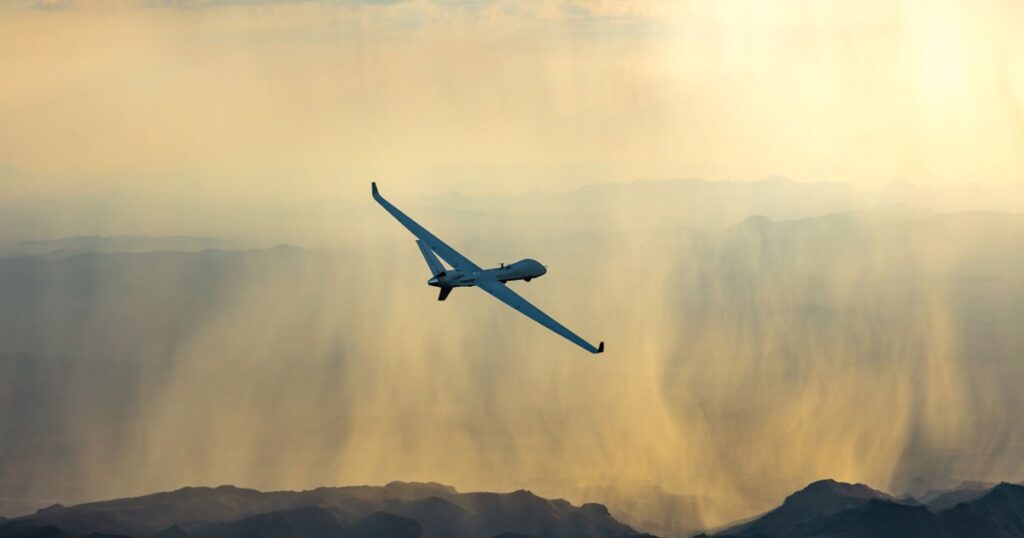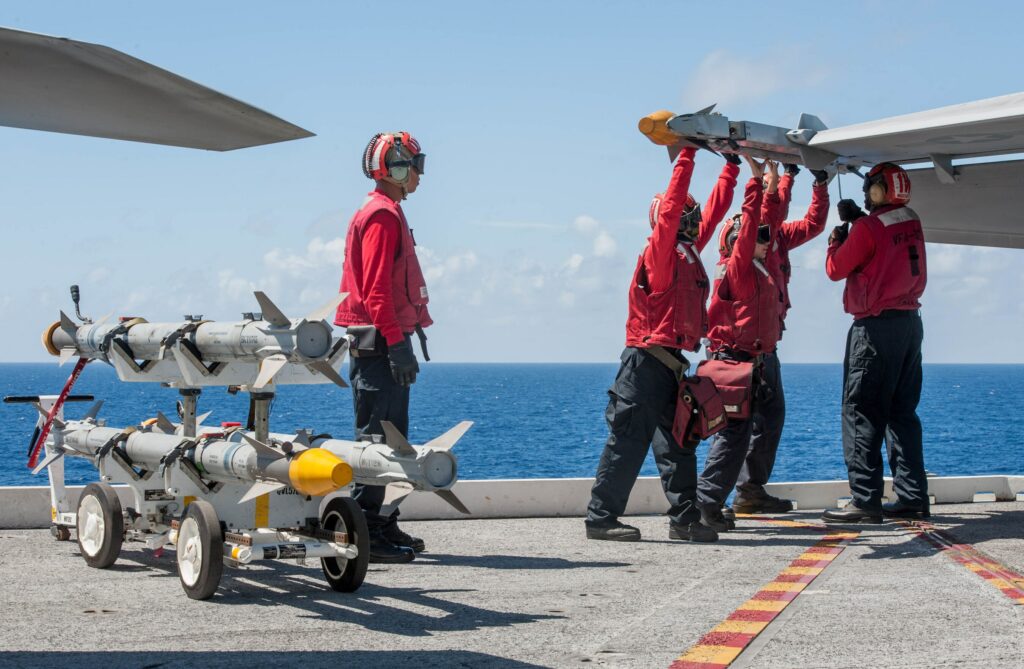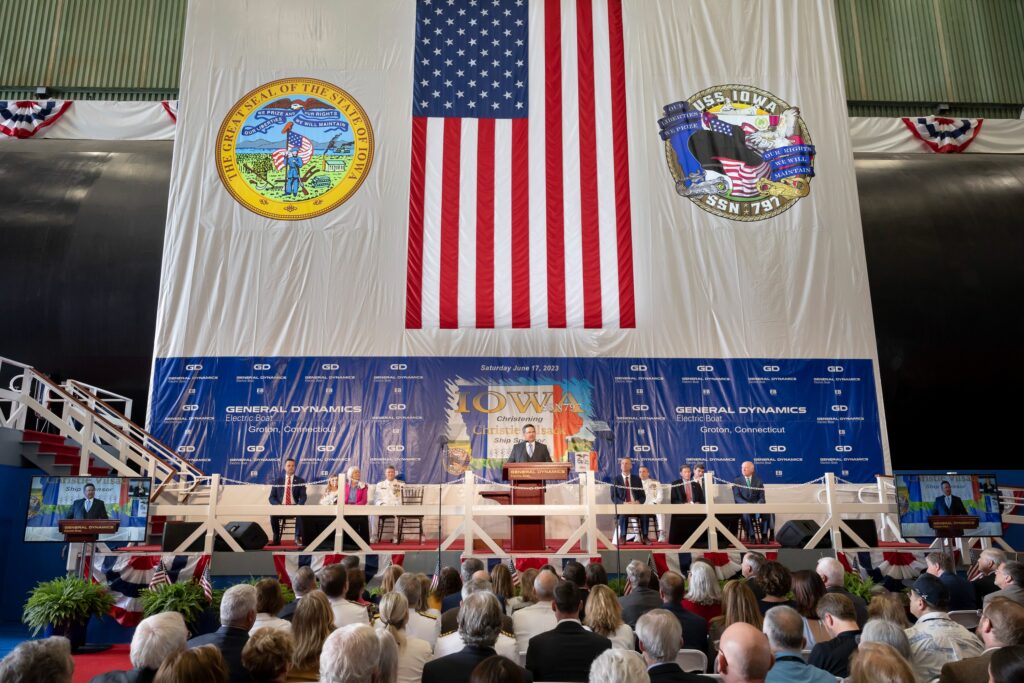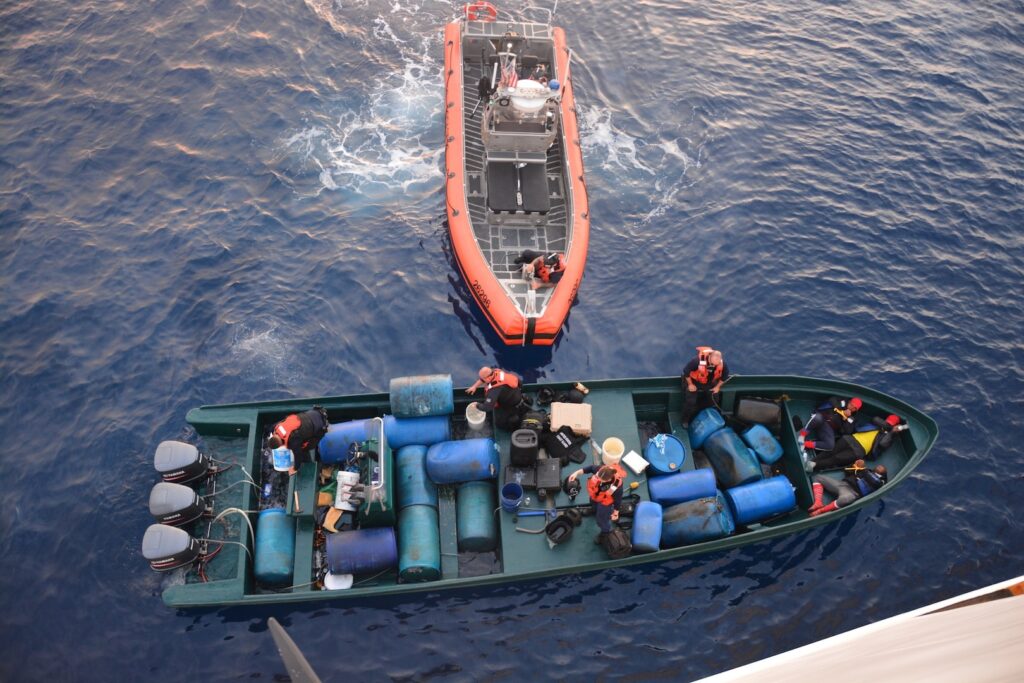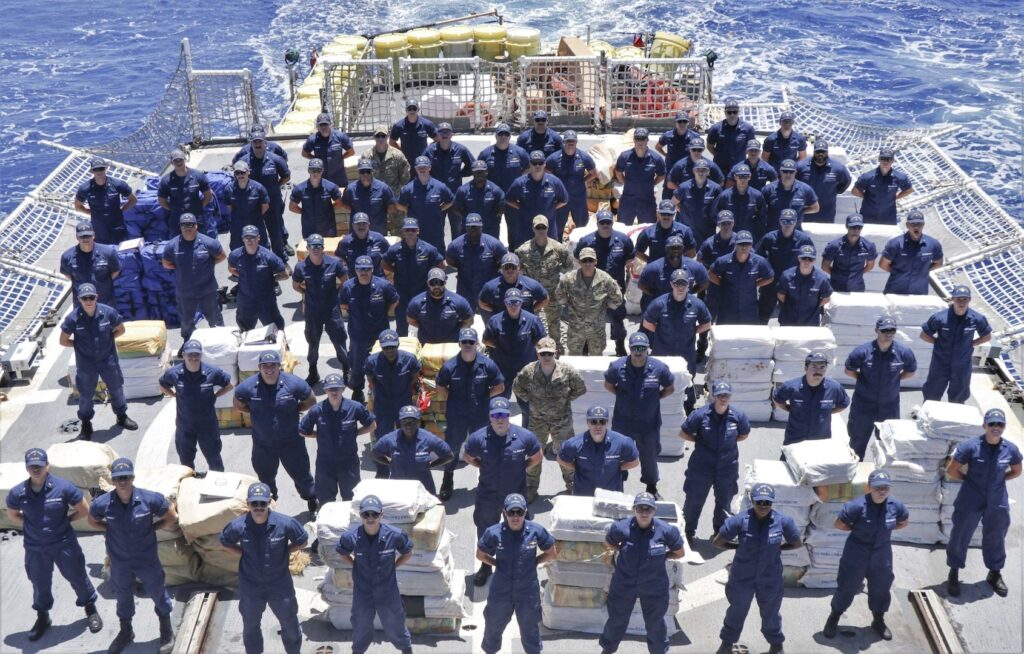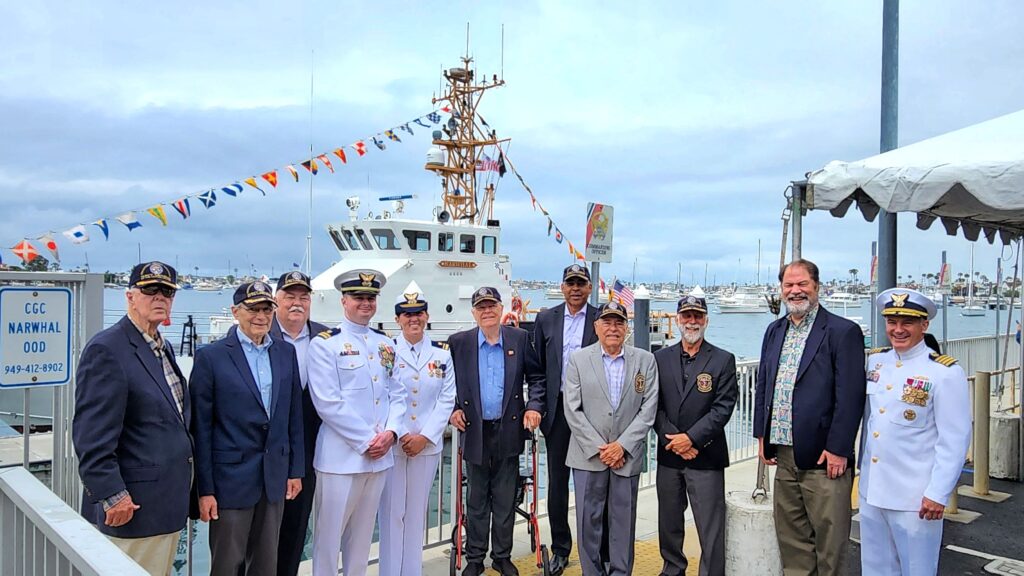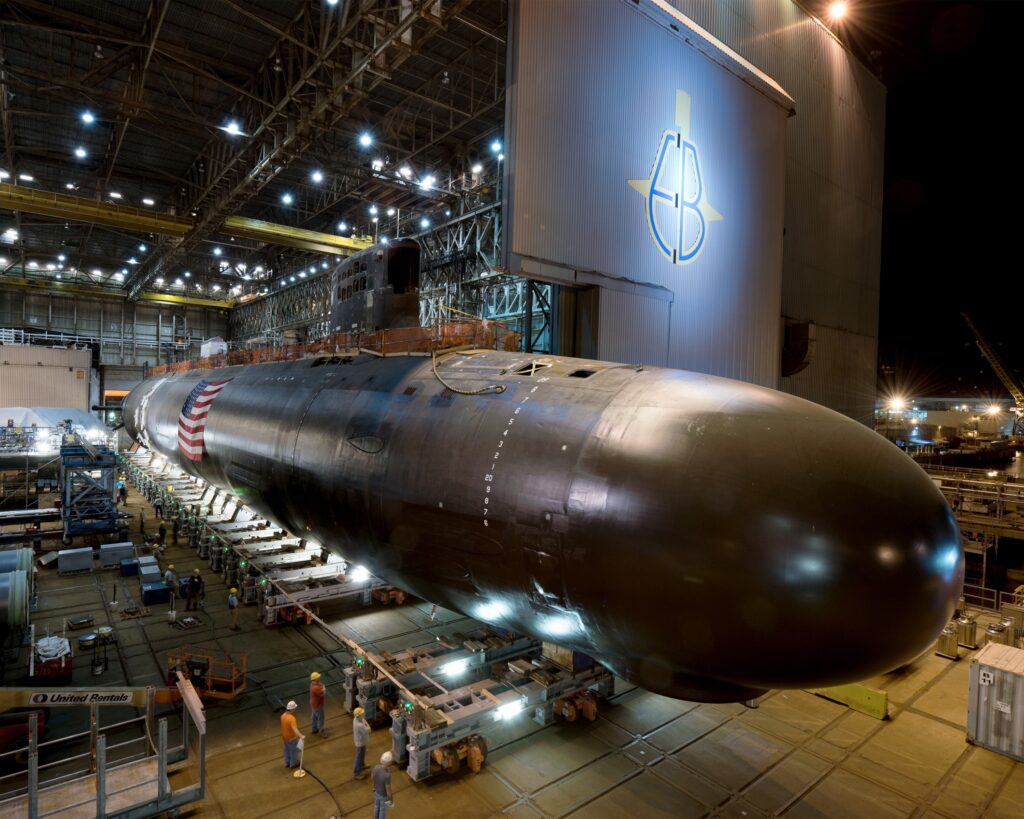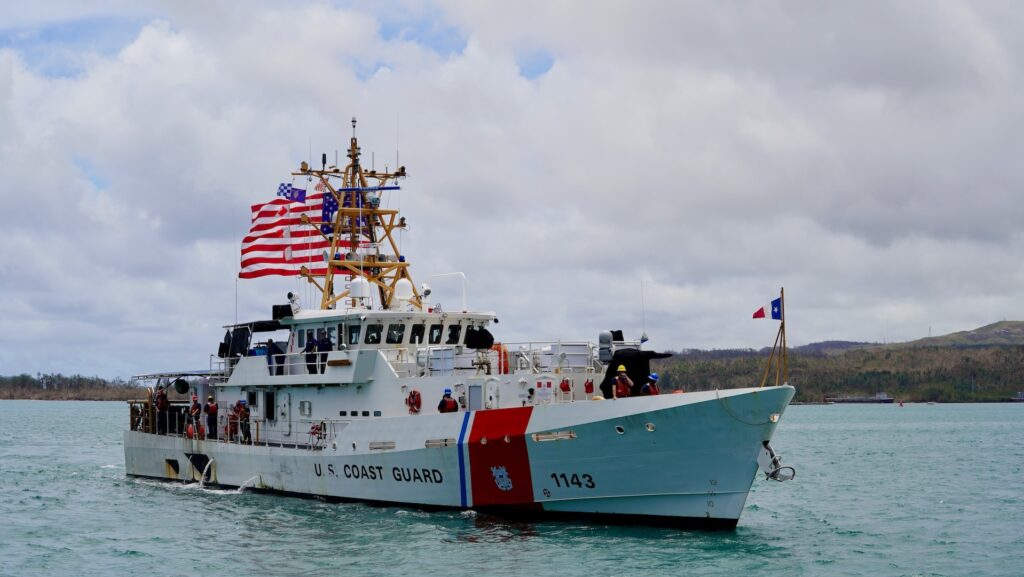Release from Naval Sea Systems Command
*****
June 16, 2023
NSWC Panama City engineers help Republic of Korea develop air-cushion vehicle
By Naval Surface Warfare Center Panama City Division Public Affairs
Naval Surface Warfare Center Panama City Division (NSWC PCD) is helping cement relationships with U.S. allies in the Indo-Pacific region via Foreign Military Sales (FMS) Programs that also help our own Navy innovate.
NSWC PD Expeditionary Systems Division, FMS, Air Cushion Vehicles Program is supporting the Republic of Korea (ROK) Navy as they develop an Air Cushion Vehicle (ACV). The ROK “Landing Ship Fast II (LSF-II),” shares size and design features of the U.S. Navy’s Landing Craft Air Cushion (LCAC).
The LSF-II is a 90-metric ton hovercraft with a top speed of 40 knots. LSF-II crafts 633 and 634 will join two earlier LSFs already in service with the ROK Navy. As first-in-class for the LSF-II, crafts 633 and 634 serve as prototypes of the redesigned LSF concept; a total fleet of 18 LSF-IIs is planned.
NSWC PCD personnel helped modify the Navy’s LCAC Command, Control, Communication, Computers, and Navigation (C4N) System for use on ROK’s domestically produced LSF-II.
ROK’s Defense Acquisition Program Administration (DAPA) first requested modified Navy C4N systems for LSF-II craft 633 and 634, funded under FMS case KS-P-GRL, from the NAVSEA International Fleet Support Program Office in 2018. Due to similarities between the ROK Navy LSF-II and the U.S. Navy LCAC, the modified C4N system was feasible from a technical perspective. In April 2019, the NSWC PCD team used the mature baseline of the USN’s LCAC C4N system to begin redesigning a C4N system for the LSF-II craft.
For the ROK variant, the NSWC PCD C4N system team remapped the communication links between the craft’s subsystems and the C4N system, and then modified all of the software to accept and process the inputs. The team also developed LSF-II- specific craft drawings. Even with an established Navy baseline, this extensive work required the USN and ROK teams work together to find and track all the changes needed to make the C4N system fit and operate within the LSF-II.
Initial component deliveries started in early 2021, while Hanjin Shipbuilding and Construction (HJSC) was still constructing the craft at Yeongdo Shipyard in Busan, ROK. The Panama City C4N system team has provided onsite subject matter expertise to support HJSC with installation, software integration, and startup of the C4N systems since April 2022. The first two C4N systems were completed and delivered in mid-2022.
Korea’s Hanjin Shipyard successfully initiated the main engines and inflated the bags within the skirting system on LSF-II Craft 633 for the first time December 9, 2022. This significant milestone demonstrated a core C4N capability for controlling the engine functions used to get up “on-cushion,” providing lift and propulsion for the craft. Panama City personnel Bill Chong and Randy Martin were there.
“One of the more challenging parts of starting this project was more about terminology association. For instance, the USN views the Control, Alarm, and Monitoring System (CAMS) as a subset of the C4N system,” said Martin, NSWC PCD team electrical engineer. “ROK Navy’s CAMS terminology encompassed all of the USN C4N system, in addition to all electrical components inside the command module. It took some time before we saw eye-to-eye in terms of what we were providing to ROK Navy.”
FMS Program Manager Robert Woodall, also from NSWC PCD, credited one engineer’s Korean language skills with helping overcome potential obstacles.
“Some of the biggest barriers were language, cultural, and time differences that made communication with the Koreans difficult for reviewing and updating the C4N design package,” said Woodall. “For most of the modification program, we were doing this on a bi-weekly basis. Fortunately, we have an excellent electronics engineer, Chae “Bill” Chong, on the team who also happens to be fluent in Korean.”
Chong played a vital role as the USN team’s main interpreter – an experience that also taught him about Korean business culture.
“Working with the Koreans to provide C4N capabilities for their ACV [LSF-II] has been very rewarding and exciting. One of the most striking differences in working with them is the level of respect displayed by Koreans,” said Chong. “They always bowed and shook our hands – using both hands – as they greeted us. They always did their best to show their appreciation and gratitude working with U.S. Navy. Looking at the LSF-II Craft 633 going through a sea trial at Chinhae, Republic of Korea, I saw how far the project has come along with the many challenges we all had to overcome due to the COVID-19 pandemic. I’m so proud to be representing U.S. Navy support in this FMS effort and to be a part of this amazing NSWC PCD team.”
With the continued success of the C4N system development, the U.S. / ROK partnership has grown into an expanded FMS purchase agreement for four additional systems; another 12 systems may be added in a follow-on FMS procurement. This long-term working partnership with the ROK team to mature the LSF-II’s C4N system, and the follow-on logistics support needed for continued upgrades, will strengthen collaboration for decades.
Developing the C4N system for the ROK customer also benefits the USN LCAC program, by addressing hardware obsolescence issues that have been on the horizon for Navy logistics.
“Obsolescence is a continuous problem we have to deal with,” said USN C4N Technical Area Expert Bill Buffkin. “With the C4N baseline we are using, we had already resolved some of those issues that would have impacted the Koreans, and since then, we have come up with other solutions that will benefit the U.S. Navy. It is much more efficient to have one team keeping up with this technology for both parties.”
David Mercer, C4N software engineer, explained that this development has enabled exploration of new design alternatives for features and improvements to Navy hovercraft.
“Working on the Korean system has given us an opportunity to perform improvements to our software implementation and processes,” said Mercer. “We are working with continuously evolving software and cybersecurity requirements, which are present for the Korean system as well, and by working on the Korean applications it has become a multiplier that benefits both Korea and the USN to keep to the forefront for both for performance and maintainability.”
NSWC PCD will provide in-country technical support for integration and grooming of the C4N systems while the ROK shipyard completes construction and conducts sea trials for LSF-II 633 and 634 throughout Fiscal Year 2023.
